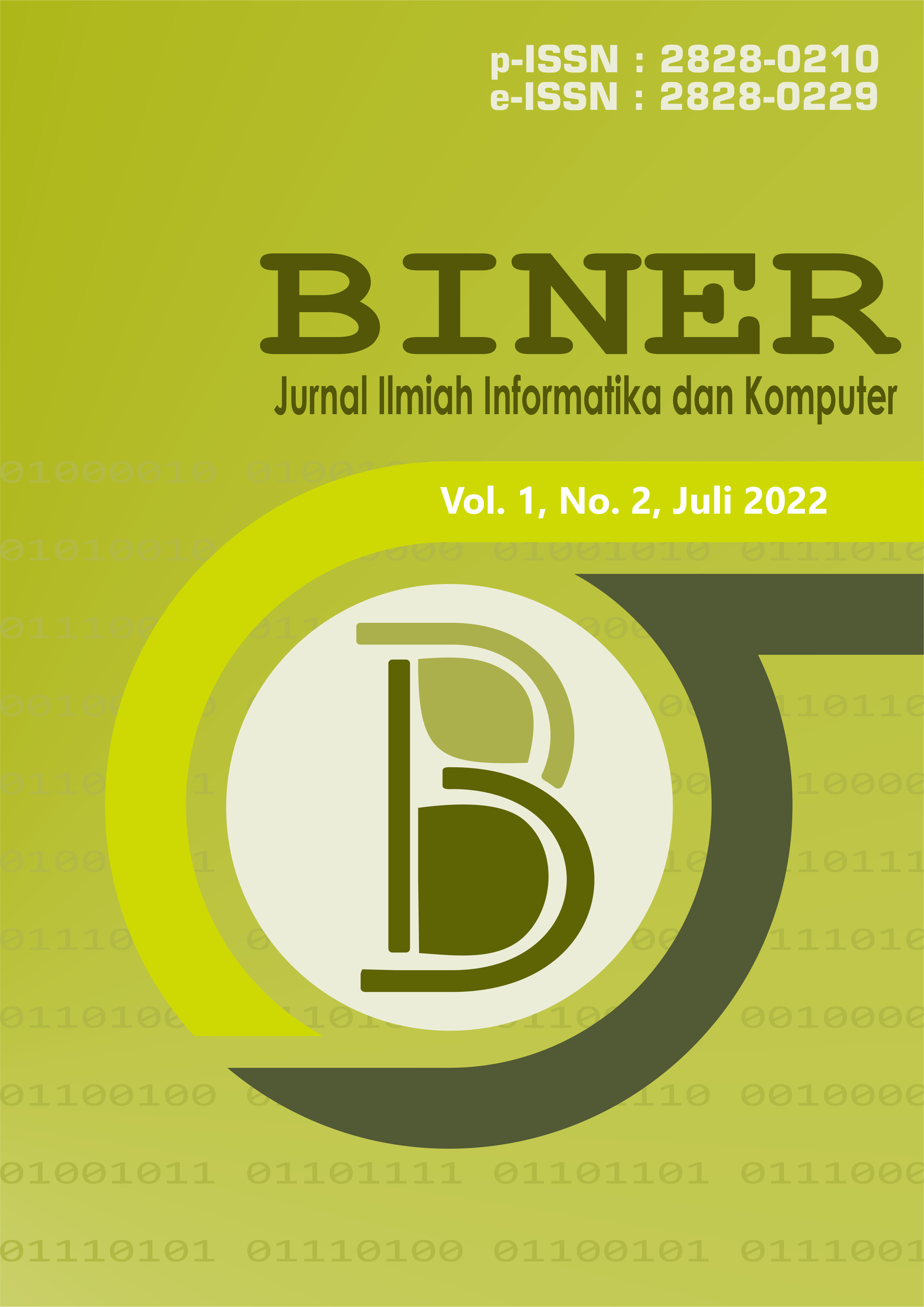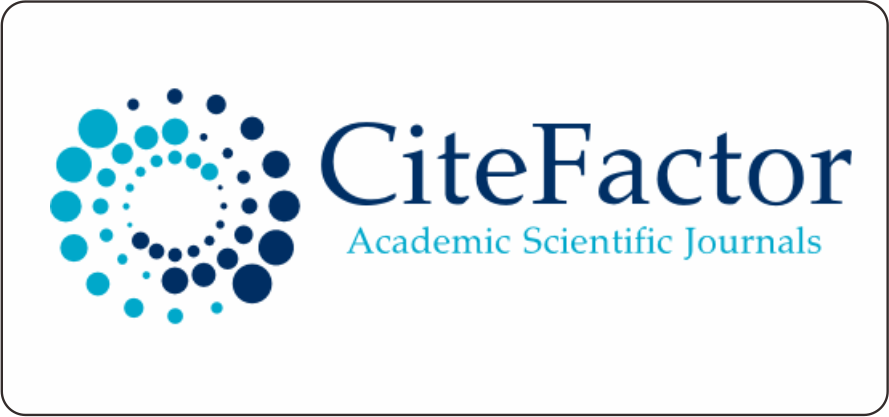ANALISIS USABILITY PADA APLIKASI DANA MENGGUNAKAN METODE USE QUESTIONNAIRE
DOI:
https://doi.org/10.32699/biner.v1i2.4248Keywords:
Aplikasi DANA, Use Questionnaire, UsabilityAbstract
Aplikasi DANA adalah salah satu aplikasi dompet digital yang ada di Indonesia sekarang ini. Aplikasi ini dibuat untuk mempermudah masyarakat dalam melakukan transaksi melalui metode online. Penelitian ini digunakan untuk mengetahui tingkat usability UI/UX pada aplikasi DANA menggunakan metode Use Questionnaire dengan beberapa aspek yaitu usefulness, ease of use, ease of learning, satisfaction. Usability bisa diartikan sebagai tingkat kualitas dari suatu produk yang mudah digunakan, mudah dipelajari, dan mendorong pengguna untuk menggunakannya sebagai alat bantu dalam menyelesaikan tugas. Hasil dari penelitian ini dalam aspek usefulness sebesar 80,5% (sangat setuju), dalam aspek ease of use presentasinya sebesar 80,6% (sangat setuju), dalam aspek ease of learning presentasenya sebesar 81% (sangat setuju), dalam aspek satisfaction presentasenya sebesar 80,4% (sangat setuju), Berdasarkan dari analisis usability tersebut maka aplikasi DANA sangat layak digunakan.
Downloads
References
[2] Firmansyah, R., 2018. Usability Testing Dengan Use Questionnaire Pada Aplikasi Sipolin Provinsi Jawa Barat. Swabumi (Suara Wawasan Sukabumi): Ilmu Komputer, Manajemen, dan Sosial, 6(1), pp.1-7.
[3] Sugiyono. 2018. Metode Penelitian Kuantitatif. Bandung: Alfabeta.
[4] Arnold, M., 2016. Lund. Measuring Usability with the USE Questionnaire 12. 2001 Retrieved on May 1st.
[5] Darma, B., 2021. Statistika Penelitian Menggunakan SPSS (Uji Validitas, Uji Reliabilitas, Regresi Linier Sederhana, Regresi Linier Berganda, Uji t, Uji F, R2). Guepedia.
[6] Al Hakim, R., Mustika, I. and Yuliani, W., 2021. Validitas dan reliabilitas angket motivasi berprestasi. FOKUS (Kajian Bimbingan & Konseling Dalam Pendidikan), 4(4), pp.263-268.
[7] Viyono, A., Asmarajati, D. and Rohman, S., 2022. PENGUJIAN USABILITY DALAM USER EXPERIENCE PADA APLIKASI BRIMOLA MENGGUNAKAN USE QUESTIONNAIRE. Journal of Economic, Business and Engineering (JEBE), 3(2), pp.321-330.
Downloads
Published
Issue
Section
License

This work is licensed under a Creative Commons Attribution-ShareAlike 4.0 International License.
An author who publishes in this Journal agrees to the following terms:
- Author retains the copyright and grants the journal the right of first publication of the work simultaneously licensed under the Creative Commons Attribution-ShareAlike 4.0 License that allows others to share the work with an acknowledgement of the work's authorship and initial publication in this journal
- Author is able to enter into separate, additional contractual arrangements for the non-exclusive distribution of the journal's published version of the work (e.g., post it to an institutional repository or publish it in a book) with the acknowledgement of its initial publication in this journal.
- Author is permitted and encouraged to post his/her work online (e.g., in institutional repositories or on their website) prior to and during the submission process, as it can lead to productive exchanges, as well as earlier and greater citation of the published work (See The Effect of Open Access).















